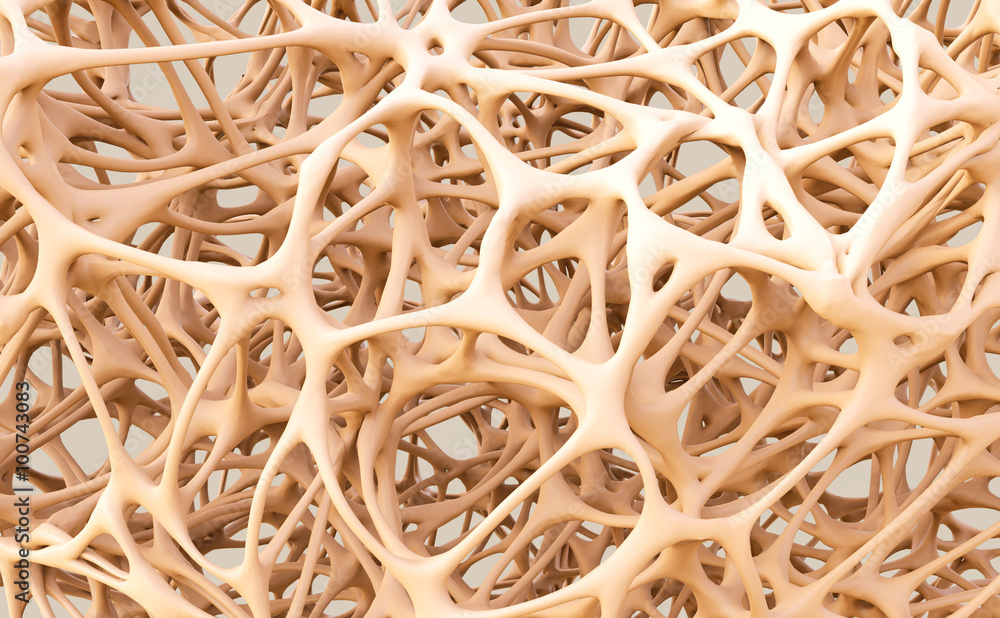Bone Marrow Concentrate (BMC)
Bone marrow concentrate is a cell-based therapy that uses your own stem cells to promote tissue healing.
Bone marrow concentrate is an exciting and innovative treatment option that holds great promise for patients suffering from various pain conditions. The bone marrow, the soft and spongy tissue found within your bones, is not only responsible for producing blood but also houses valuable stem cells. Stem cells possess the remarkable ability to transform into different types of cells, making them invaluable in the healing process of tissues like bone, cartilage, tendons, and muscles.

What is Bone Marrow Concentrate?
In bone marrow concentrate therapy, a small amount of bone marrow is collected from your own body. This marrow is then processed to isolate and concentrate the precious stem cells it contains. Once refined, these concentrated stem cells are thought to play a crucial role in the repair and regeneration of damaged tissues.
What makes bone marrow concentrate even more remarkable is its often combined use with Platelet-Rich Plasma (PRP). PRP is a therapy that utilizes the healing properties of your own blood platelets to promote tissue repair. When used in conjunction with bone marrow concentrate, the two therapies work together synergistically to accelerate the healing process, reduce pain, and improve the function of injured or degenerated areas. This combined approach leverages the potential of both stem cells and growth factors from PRP to provide a comprehensive and personalized treatment option for patients looking to address their pain conditions with a natural, regenerative approach.
How is Bone Marrow Concentrate created?
Bone marrow concentrate is created through a relatively simple and minimally invasive medical procedure. Here’s an overview of the process of creating bone marrow concentrate:
- Preparation and Anesthesia: Before the procedure, you’ll be prepared and a local anesthetic will be administered to the site where the bone marrow will be harvested. This is often the hip bone (iliac crest) or another suitable location.
- Bone Marrow Extraction: Once the anesthesia takes effect, a specialized needle is used to access the bone marrow within the chosen site. The needle is inserted through the skin and into the bone. The needle’s design is specifically suited for marrow aspiration and is often narrower than those used for other medical procedures.
- Aspiration Process: A syringe connected to the needle is used to aspirate, or draw out, a sample of bone marrow. The amount collected can vary based on the intended use.
- Centrifugation: The collected bone marrow sample is processed in a centrifuge, a machine that spins rapidly. This process separates the valuable components from the rest of the bone marrow, concentrating the stem cells, growth factors, and other healing elements.
- Isolation and Collection: Once the centrifugation is complete, the concentrated bone marrow component is isolated from the rest of the sample.
- Injection: The final bone marrow concentrate is then carefully injected into the area of the body that requires treatment. The injection is often guided by medical imaging techniques, such as ultrasound or fluoroscopy, to ensure precise placement.
The collected stem cells and growth factors within the bone marrow concentrate play a pivotal role in stimulating tissue repair, reducing inflammation, and promoting pain relief.
The minimally invasive nature of this procedure, along with the use of the patient’s own tissue, makes it a safe and promising regenerative therapy for various medical conditions, particularly those related to pain and musculoskeletal issues.
Post-treatment care and recovery
Following bone marrow concentrate therapy for pain conditions, post-treatment care and recovery are essential to ensure the best possible outcome. Patients typically experience minimal downtime and discomfort. It’s advisable to avoid strenuous activities or heavy lifting for a brief period to allow the treated area to heal effectively. Over-the-counter pain relievers can be used if needed, but anti-inflammatory medications like NSAIDs should generally be avoided, as they can interfere with the natural healing process.
While recovery time can vary depending on the patient and the condition treated, many individuals experience gradual pain relief and improved function over several weeks to months as the healing effects of bone marrow concentrate take hold.
Mechanism of pain relief
The mechanism of pain relief through bone marrow concentrate therapy is primarily attributed to the healing and anti-inflammatory properties of the concentrated stem cells and growth factors it contains.
Here’s how these components work together to alleviate pain:
- Tissue Regeneration: Stem cells within the bone marrow concentrate have the remarkable ability to differentiate into various cell types, such as bone, cartilage, and soft tissue. When injected into the affected area, these stem cells promote the repair and regeneration of damaged or degenerated tissues. For instance, in cases of osteoarthritis, stem cells can help rebuild cartilage in the joint, reducing friction and pain.
- Anti-Inflammatory Effects: Chronic pain conditions are often associated with inflammation in the affected tissues. The growth factors and other bioactive molecules in bone marrow concentrate have potent anti-inflammatory properties. When these components are introduced to the site of injury or pain, they can reduce local inflammation, relieving pain and discomfort.
- Pain Signal Modulation: Bone marrow concentrate may also play a role in modulating pain signals. The regenerative processes it initiates can improve tissue integrity and function, which may, in turn, lead to a decrease in pain signals sent to the brain.
- Accelerated Healing: By accelerating the body’s natural healing processes, bone marrow concentrate helps expedite recovery. This not only alleviates pain but can also improve overall function and mobility in the treated area.
Advantages of Bone Marrow Concentrate
Using bone marrow concentrate to treat pain conditions offers several advantages, making it an appealing option for many patients.
Here are some of the key advantages of this therapy:
- Minimally Invasive: The procedure for obtaining bone marrow concentrate is minimally invasive and usually performed on an outpatient basis. This means less pain and a faster recovery compared to traditional surgical interventions.
- Natural Healing: Bone marrow concentrate utilizes the patient’s own stem cells and growth factors, promoting the body’s natural healing mechanisms. This reduces the risk of allergic reactions or rejection, making it a safe and biocompatible treatment.
- Customized Treatment: The therapy is tailored to the individual patient’s needs and condition. The concentration of stem cells and growth factors can be adjusted based on the severity of the injury or pain, providing a personalized approach to treatment.
- Tissue Regeneration: Bone marrow concentrate has the potential to regenerate damaged or degenerated tissues, such as cartilage, tendons, and ligaments. This can lead to long-term pain relief and improved function.
- Anti-Inflammatory Properties: The growth factors in bone marrow concentrate have potent anti-inflammatory effects, reducing inflammation in the treated area, which is often a significant contributor to pain.
- Reduced Reliance on Medications: Patients seeking alternatives to long-term medication use for pain management may find bone marrow concentrate therapy beneficial. It aims to address the underlying cause of pain rather than merely masking symptoms.
- Potential for Various Conditions: Bone marrow concentrate can be considered for a wide range of pain conditions, from osteoarthritis to tendon injuries and chronic joint pain, offering a versatile treatment option.
- Synergistic with Other Therapies: It can be used in conjunction with other cell-based treatments, such as Platelet-Rich Plasma (PRP), to enhance the regenerative effects, providing a comprehensive approach to pain management.
Pain Conditions Helped by Bone Marrow Concentrate (BMC) Therapy
Bone marrow concentrate therapy can be considered as a treatment option for a variety of medical conditions, particularly those related to pain, tissue damage, and musculoskeletal issues.
Some of the conditions that can be treated using bone marrow concentrate include:
- Osteoarthritis: Bone marrow concentrate is often used to treat osteoarthritis, a degenerative joint disease. It aims to promote cartilage repair and reduce pain in affected joints, such as the knee, hip, and shoulder.
- Chronic Joint Pain: Bone marrow concentrate can provide relief for chronic joint pain conditions in various joints throughout the body.
- Muscle Strains: It may accelerate the healing process for muscle strains and tears, aiding in pain relief and recovery.
- Spinal Conditions: Bone marrow concentrate can be used to treat certain spinal conditions, such as degenerative disc disease and facet joint pain.
- Chronic Low Back Pain: For specific cases of chronic low back pain, especially if associated with degenerative disc disease or facet joint issues, bone marrow concentrate may be considered.


